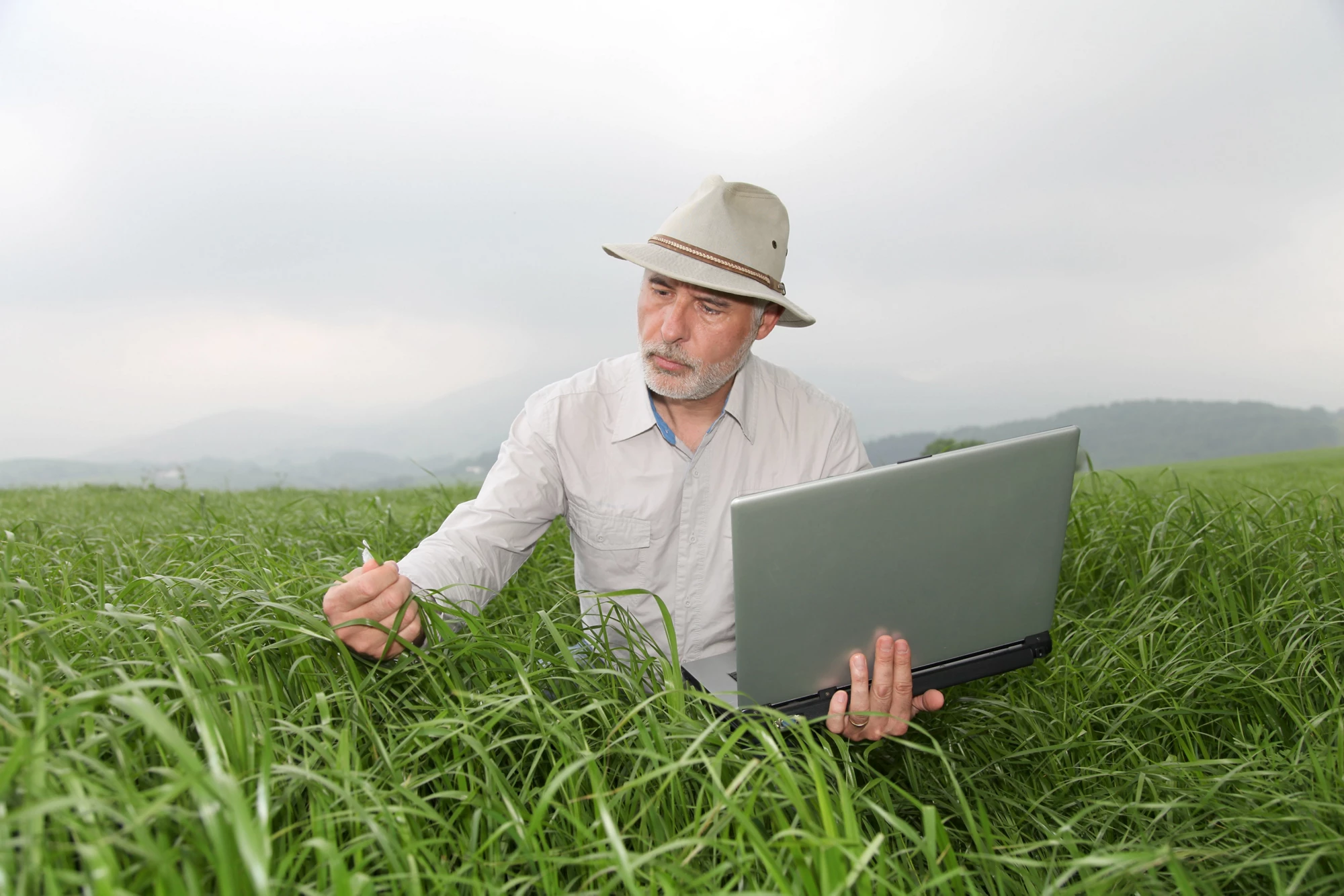
The business of agriculture and food is driven by data, making it the treasure trove of today’s agri-food system. Whether it’s today’s soil moisture, tomorrow’s weather forecast, or the price of rice in Riyadh, every bit of data can improve the efficiency with which the world’s 570 million farmers put food into the mouths of its soon-to-be eight billion consumers. Digital technologies are facilitating the flow of data through the food system, shrinking information asymmetries and fashioning new markets along the way. How can we ensure these new markets are appropriately contested, and the treasure does not end up in the hands of a couple of gunslingers? Is there a public sector’s role in generating and disseminating data that on the one hand encourages innovation and competition and on the other reduces opportunities for market capture? One place to look may be at the crossroads of internet and public goods.
We all remember from econ class that public goods can’t be efficiently allocated by markets because they are non-rival and non-excludable. There are precious few examples of true public goods – national defense, clean air, and lighthouses come to mind. That is, at least until Coase’s in “The Lighthouse in Economics” argued that lighthouses are excludable because it was possible to temporarily turn-off the lighthouse when a ship sailed by that didn’t pay their port fees.
Is data also a public good? In the era of Internet, this may very well be the case. This is because internet is a place where consumption of information by one does not preclude consumption by another; and exclusion from a given source of information is virtually impossible when the marginal cost of access to the internet falls to zero (think of the free wifi in your local library).
This idea is not new at all. In fact, the World Bank’s Open Data Initiative pioneered the concept by emphasizing early on that the benefits of Open Data include transparency, public service improvement, innovation and economic value, and economic efficiency. The potential is staggering with a McKinsey study estimating that open data can help unlock three to five trillion dollars in economic value, and this does not even include the agri-food system!
For agriculture, one example of a game changer that really stands out is LANDSAT data. The data include three decades of reliable data on land use change, creating endless possibilities for scientists and entrepreneurs. Since the day these data were made available for free in 2008, demand has grown exponentially. A report by the USGS in 2013 surveyed 11,275 LANDSAT users on the uses and value of LANDSAT Satellite imagery and found 43 percent of respondents started using LANDSAT after the imagery was made available at no cost on the web in 2008. Seventy-seven percent of the respondents stated they were dependent on Landsat imagery to do their job. And the economic benefit of Landsat data for 2011 was estimated to be $2.19 billion.
Another example of the value of open data can be found in Uruguay, where the state provides public access to soil information. Soil types are classified according to their productivity and measured by the index called CONEAT. An online open access map provides plot level information on soil type, productivity, and land use. The index correlates well with the price of the land, ultimately making the market more competitive through access to better information.
Are the soils and land use maps sitting in the basement of the Ministry of Agriculture one part of the buried treasure that we’ve been searching for? They just might be if they are scanned and made available for free on the world wide web, because they drive down the cost of businesses entering new markets. The key is defining the role of the public sector in making sure that this takes place in a way that increases efficiency, equity and sustainability.
We hope to crowd-in some of the world’s best minds to participate in a global conversation on food and technology through the “What’s Cooking? Rethinking farm and food policy in the digital age” blog series. We invite people with diverse backgrounds and perspectives to join us and comment below.




Join the Conversation